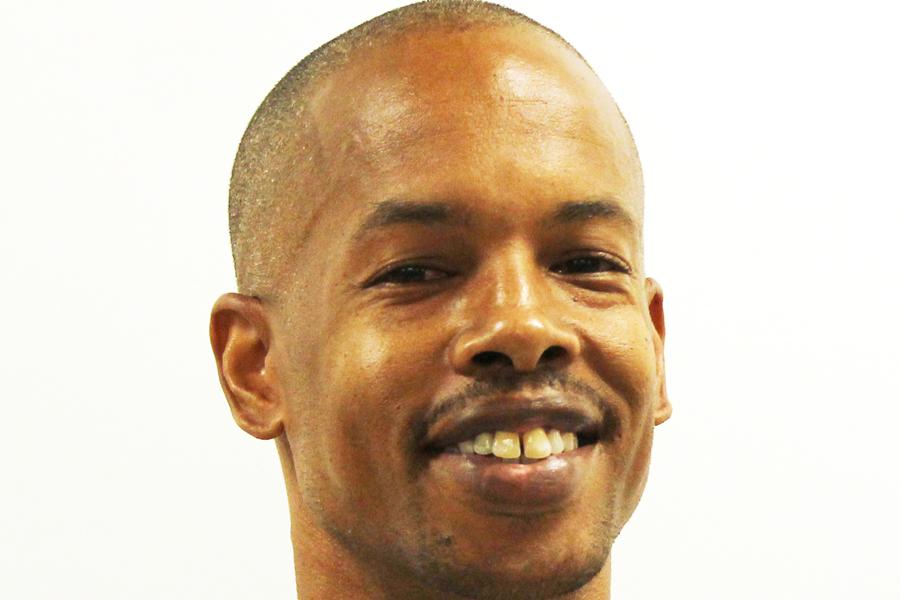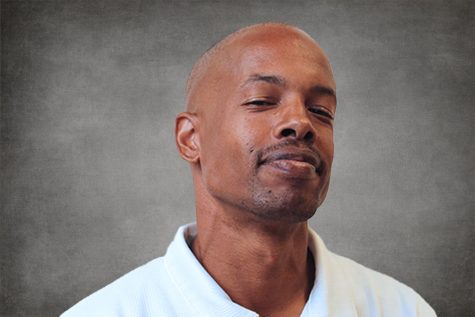Student athletes overlook options while making academic leap
Feb 11, 2015
The decision to move on from community college athletics to the next level, whatever that may be, is a question most student-athletes dream of facing.
Although the percentage of athletes who will continue their playing career decreases as the required skill and fitness levels increase, student-athletes who accept the challenge must take all their academic options into consideration or regret it for life.
The reasons behind these decisions, however, vary from student-to-student.
With no concrete manual of what is most important when choosing the next destination, student-athletes rely on advice from family and coaches.
“I always remind players when going through the decision-making process to try to consider everything,” Contra Costa College softball coach Karolyn Gubbine said. “If you are going for sports and you get hurt or your grades dip down, you have to ask, is the athletic department going to just leave you out to dry? Or be supportive? You want to try to get all of the information that you can. There are a lot of things to take into consideration.”
Campus coaches maintain relations with coaches who work at higher levels of collegiate athletics. They keep the channels of communication open, introducing players to scouts and team representatives of four-year college institutions that make visits to the campus.
When the list of possible schools are narrowed down, the coaches help athletes judge what programs will offer the most playing time and what area may offer the most comfortable college experience.
“One of my major considerations is playing time,” CCC baseball player Loomis Russell said. “The coaches do a good job of helping us decide where we might be a good fit.”
Many athletes follow the old adage of attending the school that promised the most money. Without properly assessing the bulk of the influences that go into making a successful transition, athletes find themselves leaving their first choice school for reasons that were unanticipated because of improperly vetting their true needs.
“I’m worried about who is going to pay first because college is expensive,” Comet basketball player Phil Secrease said. “After that it’s all about location.”
Men’s basketball coach Miguel Johnson has an effective way of measuring a players expectations, giving his sophomores the opportunity to give him a list of five schools they feel would be the best fit academically and athletically for them.
The process rightfully puts more of the onus on the students to break down the process in hopes of bringing the most viable options to the light.
“In the end you’re there to get an education, so it has to be somewhere you feel comfortable,” CCC basketball player Tajai Johnson said.
Robert Clinton is the sports editor of The Advocate. Contact him at rclinton.theadvocate@gmail.com.



